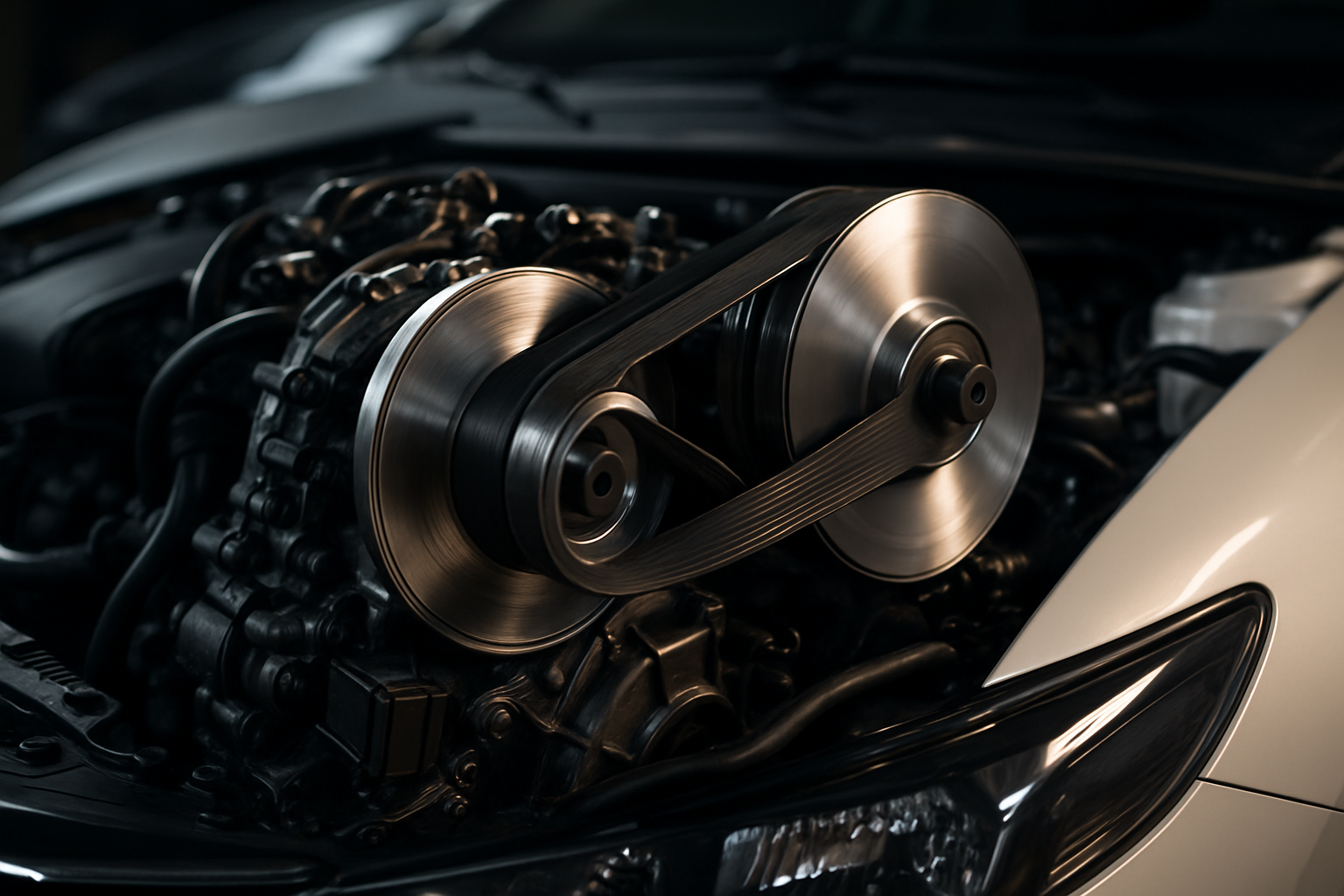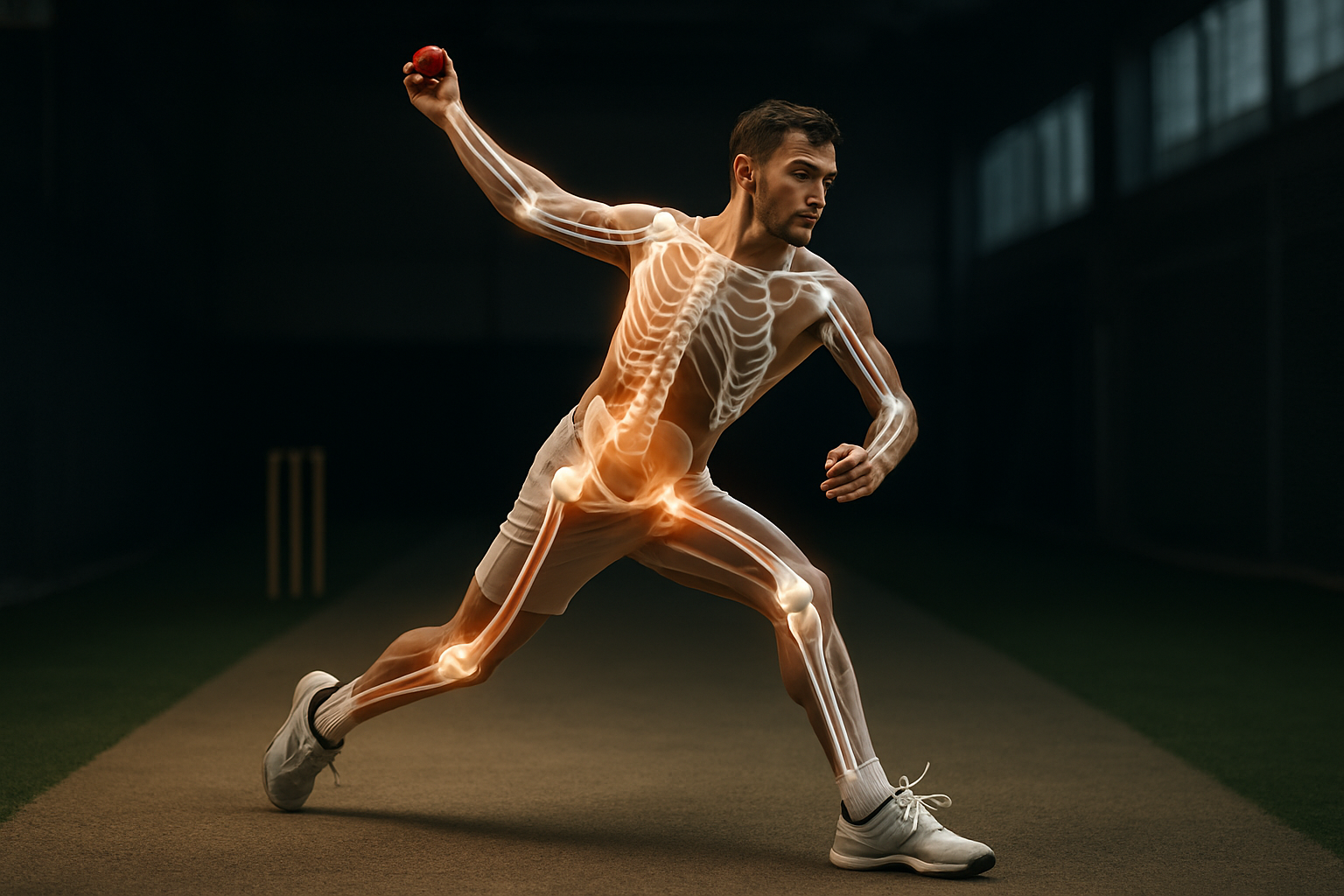Camshaft Profiling: The Hidden Art of Engine Optimization
Delving into the heart of internal combustion engines reveals a world of precision engineering, where every component plays a crucial role in performance. Among these, the camshaft stands out as a masterpiece of mechanical artistry, orchestrating the intricate dance of valves that breathe life into the engine. This often-overlooked component holds the key to unlocking an engine's true potential, and the science of camshaft profiling is pushing the boundaries of what's possible under the hood.

Understanding Camshaft Profiles
Camshaft profiles are the carefully designed shapes of the lobes that dictate valve behavior. Each lobe’s contour determines when a valve opens, how long it stays open, how far it opens, and how quickly it closes. These characteristics, known as valve timing, duration, lift, and ramp rate, respectively, can be fine-tuned to achieve specific performance goals. A aggressive profile with high lift and long duration might maximize top-end power, while a milder profile could prioritize low-end torque and fuel efficiency.
The Art and Science of Lobe Design
Designing an optimal camshaft profile is a delicate balance of art and science. Engineers must consider a multitude of factors, including engine speed range, cylinder head design, valve train components, and intended application. Advanced computer modeling and simulation tools have revolutionized the process, allowing designers to predict performance outcomes with remarkable accuracy. However, the expertise of seasoned cam grinders remains invaluable in translating theoretical designs into real-world performance gains.
Variable Valve Timing: A Game-Changer
The advent of variable valve timing (VVT) systems has added a new dimension to camshaft technology. By allowing on-the-fly adjustments to valve timing, VVT enables engines to optimize performance across a broader range of operating conditions. Some advanced systems can even alter valve lift and duration, effectively providing multiple camshaft profiles within a single engine. This flexibility has led to significant improvements in both performance and efficiency, blurring the traditional trade-offs associated with fixed camshaft designs.
The Future of Camshaft Technology
As automotive technology continues to evolve, camshaft design is adapting to meet new challenges. The push for increased fuel efficiency and reduced emissions is driving innovation in areas such as cylinder deactivation and ultra-low friction coatings. Additionally, the rise of electric vehicles is spurring research into novel valve actuation systems that could potentially replace traditional camshafts altogether. Despite these advancements, the fundamental principles of valve timing and the art of camshaft profiling remain relevant, ensuring that this hidden aspect of engine design will continue to fascinate engineers and enthusiasts alike for years to come.
Conclusion: The Enduring Legacy of Camshaft Innovation
The camshaft, with its precisely sculpted lobes, stands as a testament to the ingenuity and craftsmanship that goes into modern engine design. As we’ve explored, the art of camshaft profiling is a complex interplay of mechanical engineering, materials science, and performance tuning. From the early days of hand-ground cams to today’s computer-optimized designs, the evolution of camshaft technology mirrors the broader advancements in automotive engineering.
The impact of camshaft design extends far beyond the realm of high-performance engines. Every vehicle on the road, from compact economy cars to heavy-duty trucks, benefits from the careful optimization of valve events. The pursuit of improved fuel efficiency, reduced emissions, and enhanced drivability has placed camshaft technology at the forefront of engine development strategies.
Looking ahead, the future of camshaft technology promises even greater innovations. As engines become more sophisticated, integrating technologies like variable compression ratios and advanced combustion strategies, the role of the camshaft will likely evolve. We may see further refinements in variable valve timing systems, potentially leading to fully flexible valve actuation that can adapt in real-time to driving conditions and driver inputs.
Moreover, the lessons learned from decades of camshaft development are informing new approaches to engine design. The principles of optimizing air flow and combustion efficiency remain relevant even as the automotive industry explores alternative powertrains. In hybrid systems, for example, carefully tuned camshafts can help internal combustion engines work in harmony with electric motors, maximizing overall system efficiency.
For automotive enthusiasts and engineers alike, the camshaft remains a fascinating subject of study and experimentation. The ability to dramatically alter an engine’s character through subtle changes in cam profile continues to inspire aftermarket modifications and racing innovations. This enduring interest ensures that the art of camshaft design will remain a vibrant field, constantly pushing the boundaries of what’s possible in internal combustion technology.
As we look to a future where mobility solutions are increasingly diverse, the legacy of camshaft innovation serves as a reminder of the incredible ingenuity that has shaped the automotive industry. Whether in the thunderous roar of a high-performance V8 or the quiet efficiency of a modern four-cylinder, the camshaft’s influence is felt in every revolution of the crankshaft. It’s a hidden hero of engine performance, a mechanical marvel that continues to evolve, adapt, and surprise us with its potential to squeeze ever more power and efficiency from the engines that move our world.





